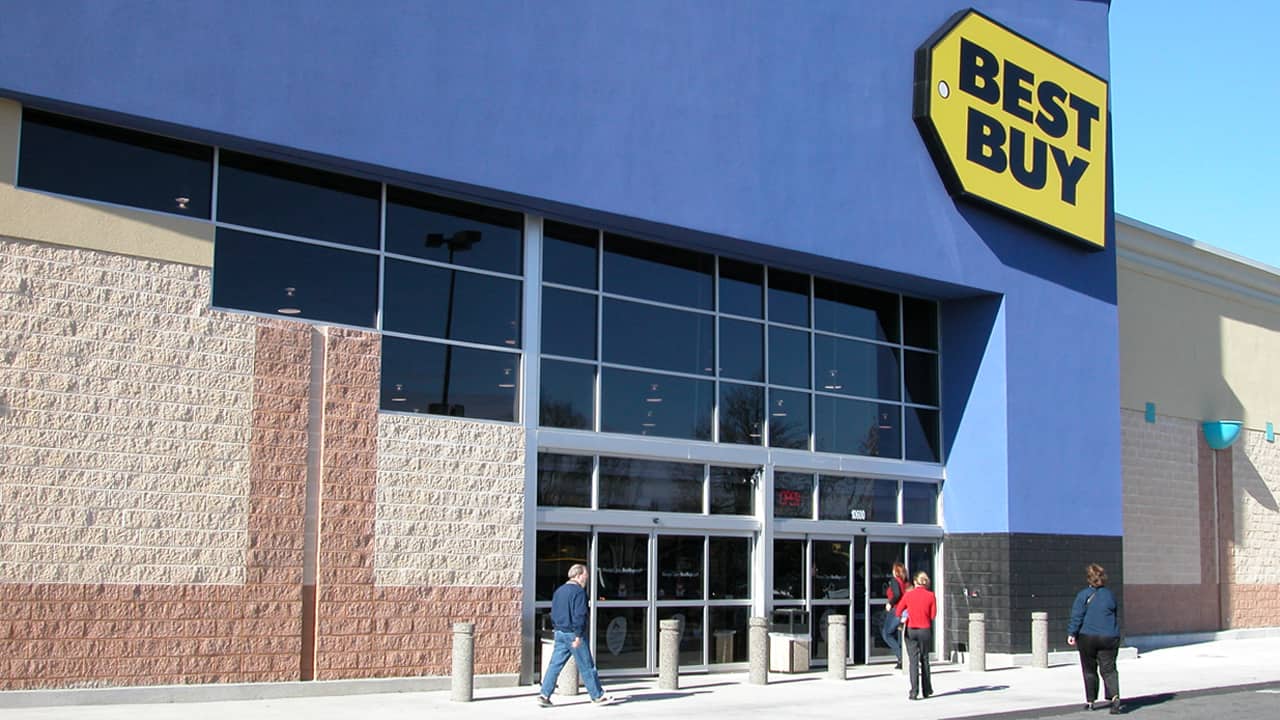Loss prevention is a moving target. Every time a new retail strategy is put in place, such as buy online, pick up in store (BOPIS), it’s up to loss prevention professionals to devise countermeasures to combat the new theft opportunities that arise.
“How do you handle customers who don’t have the right ID to pick-up orders? Or what about allowing people to designate who will pick-up a package? Are you going to use a store pick-up code?” asked Lisa Brock, national director of investigations at Best Buy, in outlining some of the issues that confront retailers and LP in a conference presentation at NRF Protect in June titled “Don’t Fumble the Handoff: LP Implications of BOPIS.”
New LP challenges derived from new sales strategies were a hot subject in Anaheim at NRF Protect. Here is a sampling of advice, ideas, and questions expressed by LP leaders in education sessions.
Legal Assistance. Brock said her team continues to look for answers to risks in BOPIS and ship-from-store. “We don’t have the silver bullet,” she noted, but says they are continuously testing different ideas to address challenges. One of those—to combat the problem of dishonest individuals repeatedly claiming that orders were stolen after delivery—is to pursue the filing of a police report in high-value cases or to require that customers sign an affidavit about the missing package. The goal is to raise the stakes for customers who might be willing to lie that a porch pirate stole a Best Buy delivery. “The legal department is looking at it, and they’ve written a draft letter,” said Brock. “It’s something were considering, but we’re still looking at issues around it. Like, what if the customers say, ‘no’ [to signing an affidavit or filing a report?].”
Data Collection. Brock said her investigative team benefits by the collection of detailed data on packages that go missing in ship-from-store orders—specifically, on which stage of the order a package is lost, such as after customer delivery or after packaging but before shipment pick-up. Greater detail in data collections permits better data analysis to identify possible fraud. Brock added that it can help to ask human resources for employee addresses to add to the data mix. That way, it’s possible to identify when a store employee is sending a ship-from-store package to him- or herself. HR may balk, but it’s an easy way to identify employee theft.
Visual Identification. Jim Behrend, director of AP supply chain at Best Buy, identified one of the common challenges of using retail stores as order fulfillment centers. “It’s a real problem for stores built in the ‘70s that were built to receive, and now you’re trying to use them to prepare and pack 200 orders a day,” he said. Technology can help, of course, but some good theft deterrents are decidedly low tech, he noted. For example, to prevent a store employee from slipping in a bogus package among legitimate ship-from-store orders, he suggested the following:
- “Package audits are important. A closing manager needs to be sure that if there are supposed to be 36 orders picked up by UPS, that there are 36 orders picked up.”
- “Visually identify restricted areas so you highlight the point that if you’re not supposed to be in a shipping area that you can’t be there,” he said. “And then create a culture of respecting those zones.”
- Use a distinct, unique shipping label so that it is easy to tell if someone tries to slip in their own package among orders waiting for pick-up. Best Buy worked with UPS to create one for their shipments from stores.
Training. Acme Markets is already on their second go-round when it comes to using self-checkout machines at its grocery stores. “We’ve had sort of a unique journey, in that we were among the first groups to put it in, and then four years ago we started taking the machines out—and now we’re putting them back,” explained Joe Conway, director of asset protection, in a NRF Protect presentation entitled “To Be Or Not to Be: Frictionless Checkout in Retail.” “We saw spikes in shrink, but it was mostly the result of us failing the technology. We thought we didn’t need an attendant until after 10:00 am; we didn’t train well or implement well.”
But the store is going about it differently this time, with more attention to training, as well as removing the wrap station, so that instead of an attendant overseeing self-checkout behind a station, the attendant will always be in the checkout area constantly engaging and assisting customers as they go through self-checkout. “We learned it’s better to measure twice and cut once,” said Conway. “Getting it right matters.”
Michael Nelson, regional asset protection manager for Wegmans Food Markets, said they’ve tried both in-person training and e-learning for self-checkout training. “We found that training was too variable when delivered by people. The e-learning was more consistent and worked out well,” he said. “We also found it was important to get the word out early to associates that we were going to man the front-end and then to offer incentive programs for staff to find fraud.”
Job Assignment. Acme Markets plans to be more careful in its latest rollout to put the right people in the critical role of wrap attendant. “Your best cashier is probably not your best wrap attendant,” said Conway. “You should be crowning new kings and queens; more active people who probably felt being a cashier was too mundane. An engaged attendant is the number one strategy [to reduce shrink in self-checkout].”
The article was originally published in July 2019 and update in January 2020.
